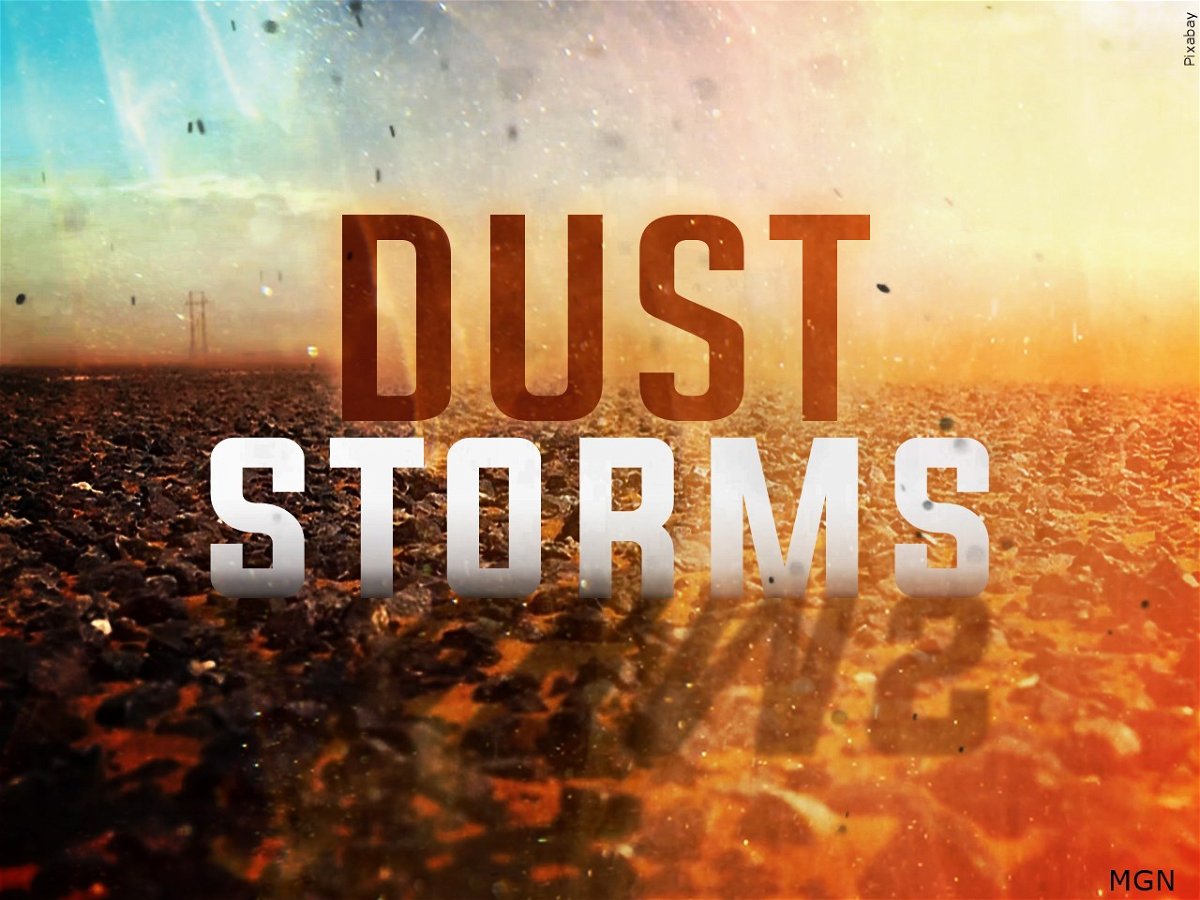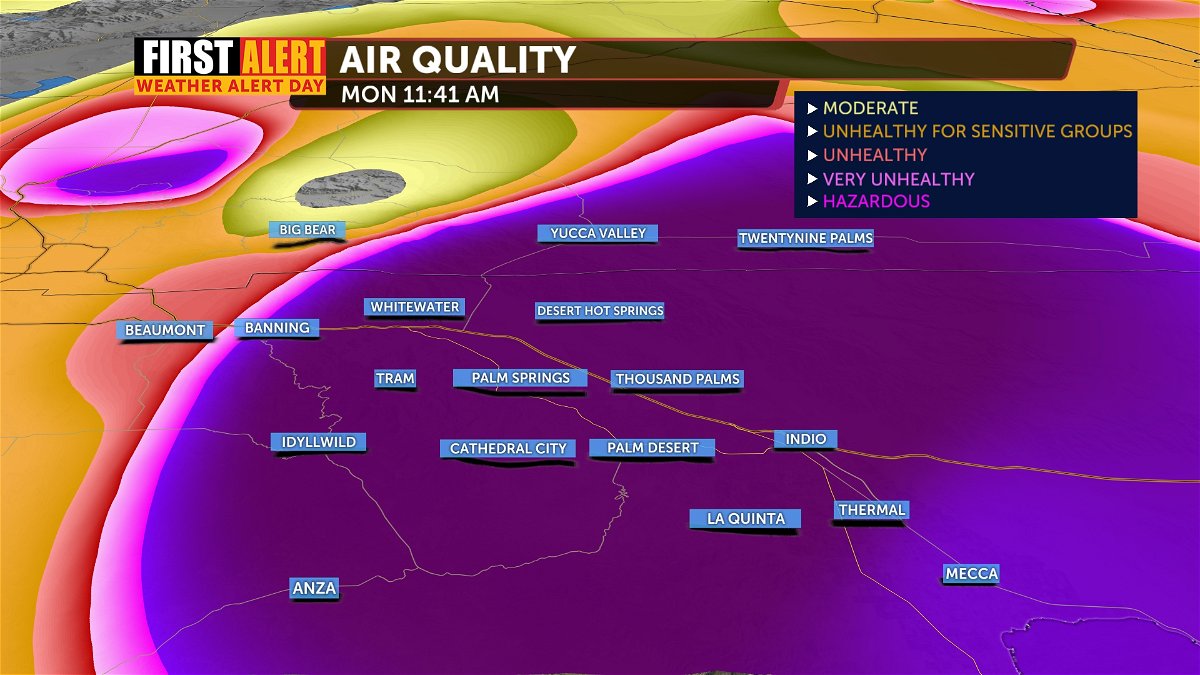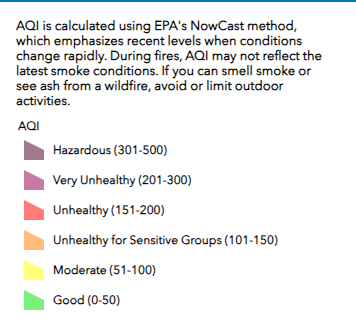What in particulate: tracking improvements in air quality

The First Alert Weather Team has tracked a significant improvement in the air quality outside today as compared to yesterday! We measure impacts to air quality using a tool called the Air Quality Index or AQI. A higher AQI value represents a higher level of that pollutant in the air. Some of the pollutants that are tracked are things like Ozone, PM10 (dust and sand), and PM2.5 (pollen, mold, etc.). Yesterday, we saw AQI levels in excess of 500 for PM10 as a result of the copious amounts of sand and dust lofted into the air from the early morning haboob. This led to hazardous conditions valley-wide. This morning, we saw AQI values mostly under 100.


What do AQI values actually mean in terms of air quality though? What is considered to be bad air quality? Well, the graphic below from the South Coast Air Quality Management district shows how they rate AQI values and air quality. When a pollutant exceeds an AQI value of 50, it is considered to be a moderate impact. Hazardous air quality is anything above 300. This just goes to show how poor our air quality was yesterday.

The reason the air quality has improved so much overnight comes down to one main thing, gravity. Since the sand and dust is so light, it can stay lofted in the air as long as there is still some wind in the valley. Overnight, and into the early morning hours, winds tend to die down allowing for gravity to take over. This lets the dust and sand to settle on the surface. Think about how solid bits in salad dressing fall to the bottom a few minutes after shaking the bottle.

The First Alert Weather Team is always tracking your weather here in the Coachella Valley!
Have you downloaded the 'KESQ First Alert' app yet? It's FREE! Click here

You'll stay up-to-date with the latest weather videos. In addition, be able to monitor the changing conditions from wherever you are!




